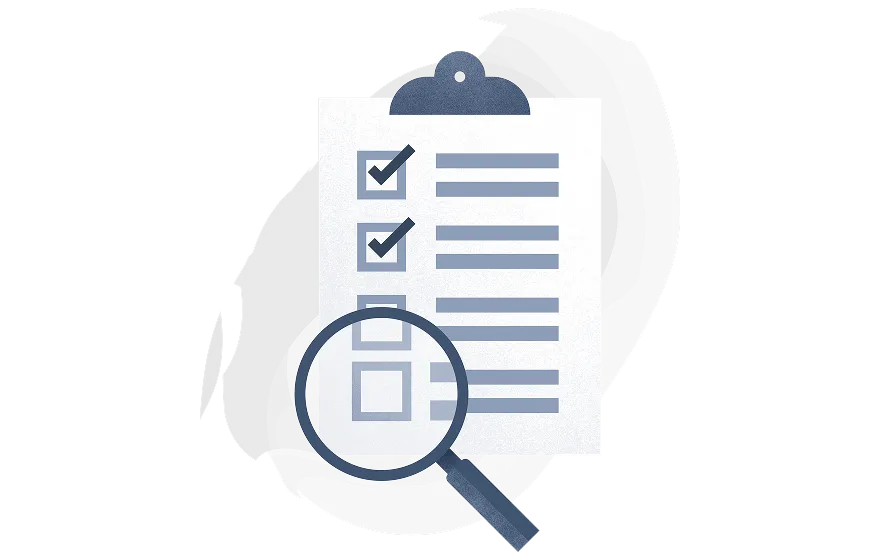It pays to stay nimble if you’re a homeowner.
Regardless of whether you’re facing a pockmark-riddled roof after a hailstorm, adding an outdoor kitchen to your patio, or just want the added security of a pre-approved source of financing at all times, a home equity line of credit (HELOC) can be a great solution.
We’ll discuss the benefits of a HELOC in this article, so you can determine whether it’s right for your financing needs.
4 HELOC benefits
Home equity lines of credit are tremendously popular with homeowners, and for good reason. Simply put, they offer a great deal of flexibility, partly due to their structure.
A typical HELOC is split into a 10- to 15-year draw period, during which you can borrow money and make interest-only payments. If you wish, however, you can pay down your balance at your leisure, saving money on interest and borrowing again as needed. The next phase is a 10- to 20-year repayment period. You won’t be able to take any more draws, but you will start paying down any outstanding balance you owe.
This unique structure offers many advantages over other borrowing options like personal loans or credit cards, especially because the HELOC is tied to the equity in your home.
Here’s how that impacts the benefits of a HELOC:
Lower interest rates
Lenders generally offer much lower interest rates on HELOCs because they have more assurance that they’ll be repaid than with, say, a credit card. Your home is on the line, after all, since a HELOC lender can repossess it if you default.
It’s hard to overstate this benefit. Banks charged an average of 15.38% interest on credit cards during mid-2025, compared to just 8.05% for HELOCs. That’s 48% less. If you’re carrying $10,000 in debt, your monthly payments would likely be around $228 with a credit card, versus $167 with a HELOC. A HELOC could thus save you thousands of dollars over the long run if you manage it right.

Higher borrowing limits
Lenders tend to limit you to smaller credit limits with a credit card, as opposed to a HELOC. That’s because your HELOC limits are partially determined by how much equity you have in your home, which — if you have a high home value and/or a well-paid-down mortgage balance — could be a significant amount.
In fact, Experian noted that the average credit card limit for Americans was $33,980 in 2024. Homeowners, on the other hand, had a much higher average HELOC limit of $121,613 — that’s 3.6 times higher.
Flexible borrowing and repayment options
Another defining feature of HELOCs is their flexibility:
- How the HELOC works: It’s becoming more common to see hybrid HELOC options, such as lenders that require you to draw 100% of your credit limit and repay it before you’re eligible to borrow again, more like a home equity loan.
- How much you pay: You only pay interest during the draw period with most HELOCs, although you can pay more if you want. This provides you with more payment flexibility if you’re temporarily short on cash.
- How you borrow more funds: If you do opt to pay down your balance during the draw phase, or if you never borrowed against your full credit line to begin with, you’ll be able to access your credit line so you can draw funds again as needed.
- How you spend the funds: Lenders place very few restrictions on how you use HELOC funds. You can use them to pay for a home renovation project, debt consolidation, emergencies, and more.
Tax-deductible interest on home improvements
Home upgrades that add to your home’s value are a wise choice for your HELOC funds. Not only will you boost your enjoyment of your home while you live there, but you’ll boost its value, too. That means you can potentially sell it for a higher amount when the time comes.
In fact, it’s such a good use of your HELOC funds that the IRS offers a special incentive for it. You can take a tax deduction for interest you pay on a HELOC, provided that you spent the money on “substantial improvement” of your home and that your total home debts don’t exceed $375,000 (or $750,000, if you’re filing jointly with your spouse).
What to consider before taking out a HELOC
The benefits of a HELOC are numerous, but that doesn’t always mean they’re right for everyone. It’s important to consider some of the downsides, too, especially because you don’t want to end up in a situation where you're unable to repay your debt. Here’s what to know:
- Ongoing fees: Many lenders charge extra fees for a HELOC versus other types of home debts. You might be charged an annual fee, for example, or a draw fee each time you access your credit.
- Lien on home: If you take out a HELOC, your lender will place a lien on your home, just the same as with your primary mortgage. That means you could lose your home in foreclosure if you’re unable to keep up with payments.
- Selling your home: It’s possible to sell your home with a mortgage and a HELOC on it, if needed, but those debts will need to be paid off before you receive any sales proceeds. That leaves less money for you to buy your next home.
- Unstable payments: HELOC payments can change frequently, just like your credit card, as interest rates move around. They can change, too, when you take on more debt or pay it off, and move from the draw phase to the repayment phase.
- HELOC qualifications: You’ll typically need at least 20% equity in your home in order to qualify, along with a credit score of 680 or higher and sufficient income to repay the debt.
- Overborrowing potential: Some people find themselves borrowing too much since accessing credit is so easy, just like with credit cards. However, a HELOC is tied to your home, which makes it riskier.
HELOC alternatives
If a HELOC isn’t right for you, there are still lots of other options available if you need to borrow money:
- Credit card: Better for making smaller purchases directly from a merchant, especially if you’re not interested in or not eligible for a home equity financing option.
- Home equity loan: Similar to a HELOC in terms of closing costs, but offered as a lump sum with a fixed interest rate. Home equity loans have more stable monthly payments.
- Reverse mortgage: If you’re over age 62, you may be eligible for a reverse mortgage that can be structured as a line of credit with no monthly payment obligations.
- Cash-out refinance: Many lenders will allow you to refinance your home with a larger mortgage balance. You’ll get the remainder as a lump sum of cash.
- Personal line of credit: Similar to a HELOC in that you can often access more funding than you can with a credit card, but you pay higher rates since it’s not tied to your home.
- Home equity investment: A home equity investment allows you to share a slice of your home’s future equity for a lump sum of funds, with no monthly payments and more lenient credit score requirements.
Frequently asked questions
What are the downsides of a HELOC?
Your monthly payments can change a lot over the course of your HELOC as the amount you borrow and repay changes, as well as shifts due to a HELOC’s variable interest rates. If you’re unsure about your payment ability, a home equity investment (HEI) might be a better option.
Is a HELOC a good emergency fund option?
If you don’t currently have an emergency fund saved, then a HELOC can often be an acceptable substitute while you work on building your savings.
How much is the monthly payment on a $50,000 home equity line of credit?
If you took out a $50,000 HELOC at 8.75% interest, your monthly payments would be $364.58 during the draw period and $441.86 during the repayment period. You can use a HELOC payment calculator to see your potential monthly payments in your own case.

Final thoughts
Although HELOCS come with a lot of benefits, it’s important to make an accurate assessment of whether they align with your short- and long-term financial goals. They’re not right for everyone, particularly if you don’t have much home equity or don’t want another debt tied to your home.
It’s well worth speaking with a financial advisor or credit counselor if you’re unsure and want a second opinion.
No income? No problem. Get a home equity solution that works for more people.
Prequalify in 60 seconds with no need for perfect credit.
Show me my offer
Frequently asked questions
.png)
Thank you for subscribing!
.webp)















